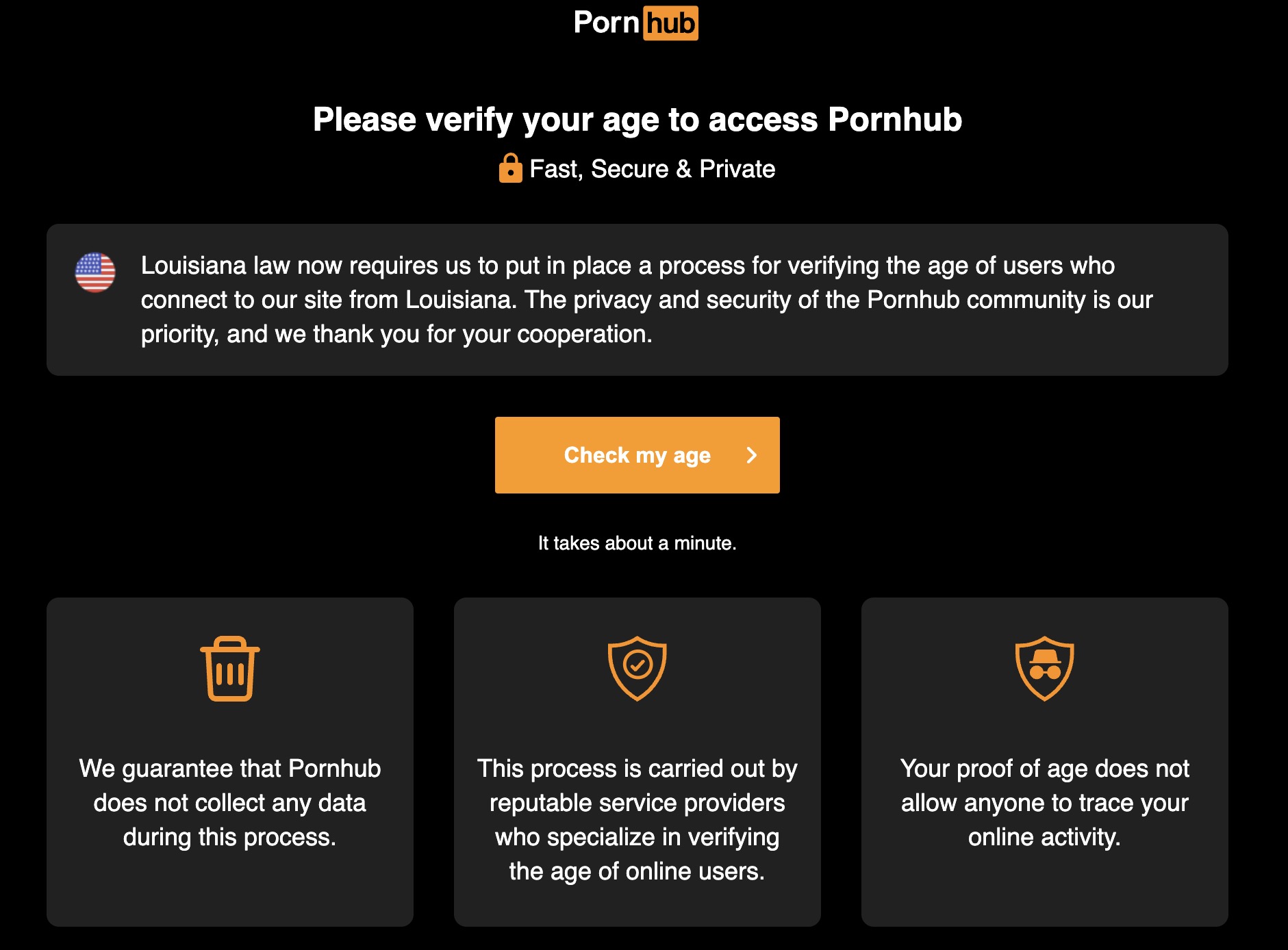The court has consistently ruled that obscenity is totally outside the scope of the First Amendment.
“Obscenity is not within the area of constitutionally protected freedom of speech or press either (1) under the First Amendment, as to the Federal Government, or (2) under the Due Process Clause of the Fourteenth Amendment, as to the States.”
Roth v. United States (1957)
“The protection of the First Amendment does not extend to obscene speech”
Sable v. FCC (1989)
“Obscene speech enjoys no First Amendment protection”
Reno v. ACLU (1997)
It already is.
18 U.S. Code § 1470 – Transfer of obscene material to minors
Whoever, using the mail or any facility or means of interstate or foreign commerce, knowingly transfers obscene matter to another individual who has not attained the age of 16 years, knowing that such other individual has not attained the age of 16 years, or attempts to do so, shall be fined under this title, imprisoned not more than 10 years, or both.
These laws must
1. Have a compelling government interest
2. Be narrowly tailored to serve that interest
“[T]here is a compelling interest in protecting the physical and psychological well-being of minors. This interest extends to shielding minors from the influence of literature that is not obscene by adult standards.
The Government may serve this legitimate interest, but to withstand constitutional scrutiny, it must do so by narrowly drawn regulations designed to serve those interests without unnecessarily interfering with First Amendment freedoms.”
Sable Communications of California v. FCC (1989)
1. The requirements cannot be nearly impossible to meet (an “undue burden”)
2. The restrictions should not be placed broadly over both legal and illegal speech (“overbroad”)
3. Definitions of terms must also be clear (no “vague” language)
The Communications Decency Act (1996) prohibited making obscene and indecent communication available to minors online
“The District Court found that at the time of trial existing technology did not include any effective method for a sender to prevent minors from obtaining access to its communications on the Internet without also denying access to adults”
Justice O’Connor wrote that the government could lawfully create an “adult zone” for “indecent” or “patently offensive” material on the Internet, if the law did not unduly restrict adult access and minors had no First Amendment right to review the banned material
The Court ruled in Ashcroft v. ACLU (2004) that because age verification was still in a nascent stage, parental filters would likely meet the interest of protecting minors, and that they were a less restrictive means of achieving the compelling interest
The average age of first exposure to pornography today is between 11 and 12 years old
71% of adolescents first view porn unintentionally
73% of parents feel their child would not have seen pornography online, but of those children, 53% said they had in fact seen pornography
Only 39% of parents use any form of filters on their child’s devices
And 22% of minors are shown material by someone else without them expecting it
From Uber Eats, to online vaping products and internet gambling, age verification is already a part of preventing minors access to illegal material.
For a full list of Age Verification apps, see here
They do. Just not for users.
And they do it precisely because a law was in place and being enforced
Platforms may adopt any method of age verification
Adults are given access to legal speech, and minors are prevented access to illegal speech
Only platforms in the business of hosting material harmful to minors are required to verify age
“Material harmful to minors” is clearly defined within the act, the most illegal and harmful form of speech for children, besides child pornography.
Thus only the most illegal and well defined content is subject to requirements.

